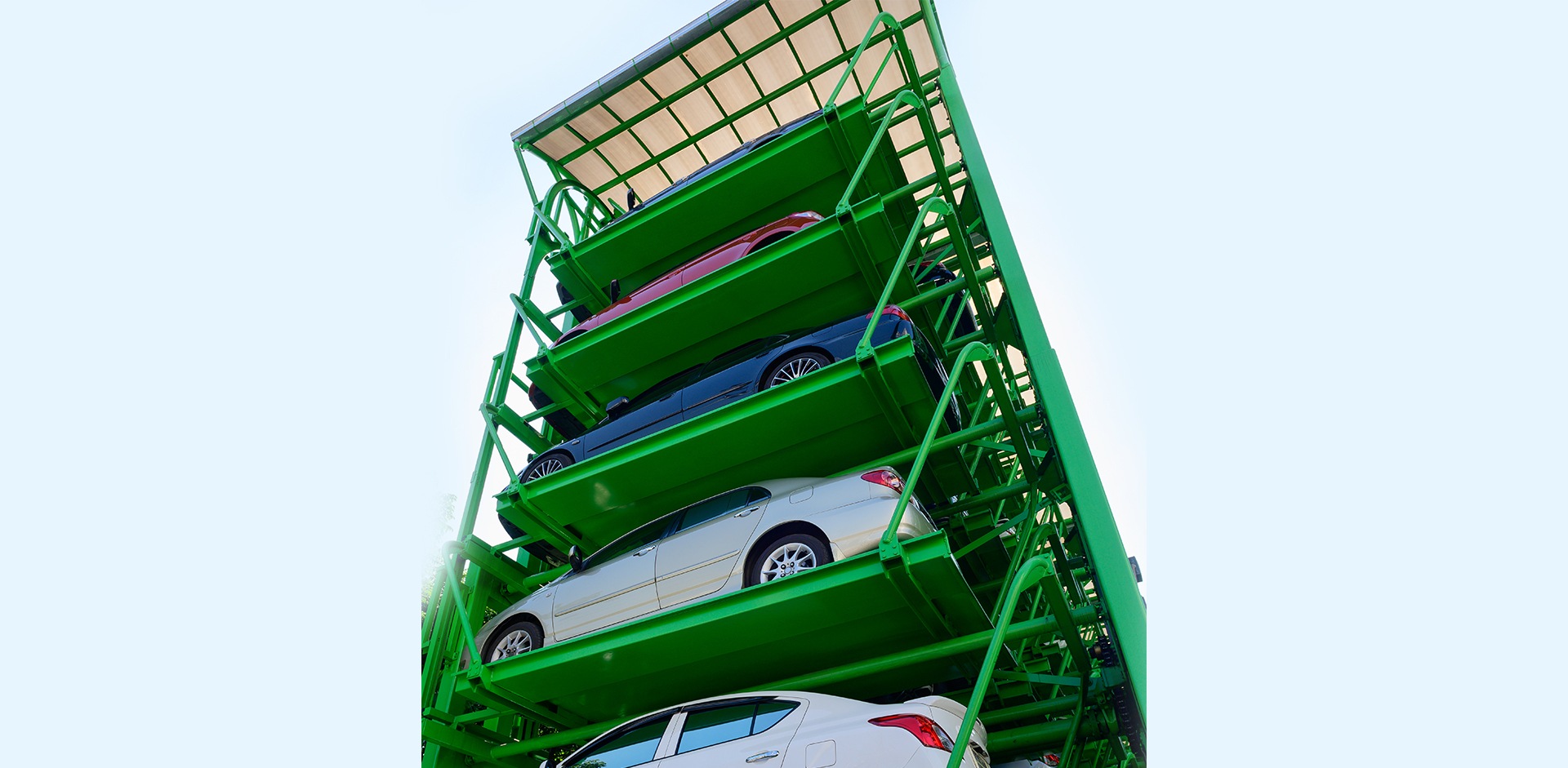
We are at a juncture in time where a major shift towards automated car parking systems are thankfully on the rise. The gradual progression towards these automated systems is not only beneficial for ease of mobility of vehicles and people but also to promote a sustainable and safe environment while solving the paradoxical challenges of urban living.
Parking lots can create enormous danger for the environment and can contribute to pollution in the form of toxic materials that are produced by the cars such as carbon monoxide and carbon dioxide followed in enclosed spaces which makes conditions even worse as the noxious chemicals have nowhere to escape, the grid electricity which powers all the electric equipment and finally space inefficiency as the space needed to create a parking system that satisfies the needs of a large city is shockingly ginormous.
The conventional parking systems with their large, complex and intertwining car park buildings, designed with individual driving aisle, human elevators and unwarranted security mapping only proves to be an overly expensive affair to maintain, not to mention painfully time consuming, and also leads to several forms of catastrophic environmental degradation.
These mega parking structures take up huge spaces of real estate in our already congested cities. This fact by itself makes them largely inefficient in terms of mobility and environmental sustainability.
Automated Multilevel car parking systems are an optimal solution to avoid the environmental hazards caused by conventional parking management. These systems are aimed to reduce the carbon emissions by 20-30 percent simultaneously saving the drivers the frustration of city parking and ensuring improved air quality for cleaner and healthier living. Automated car parking systems result in excellent management of space, higher car density, much lower energy consumption, that exceed the expectations of city planning, developers and design teams, and finally to preserve and protect our environment by leaps and bounds.

